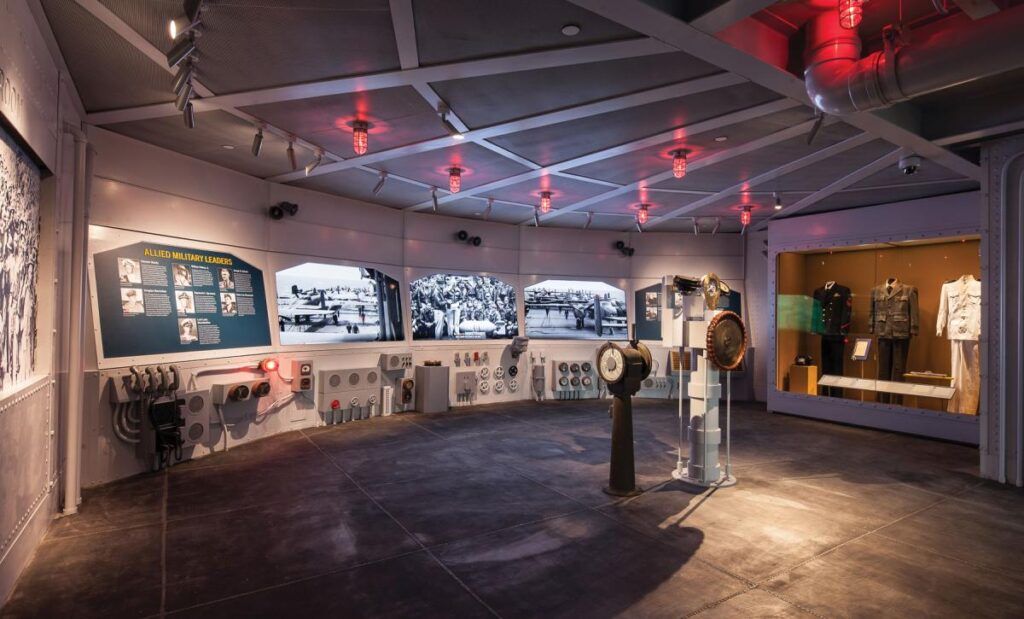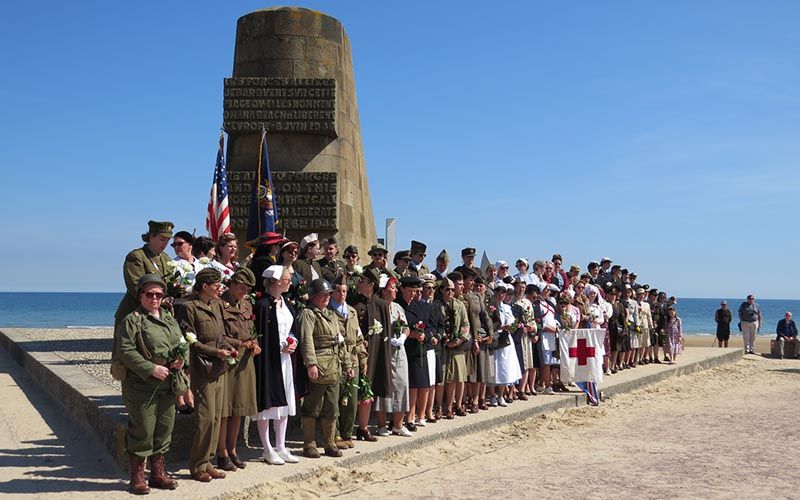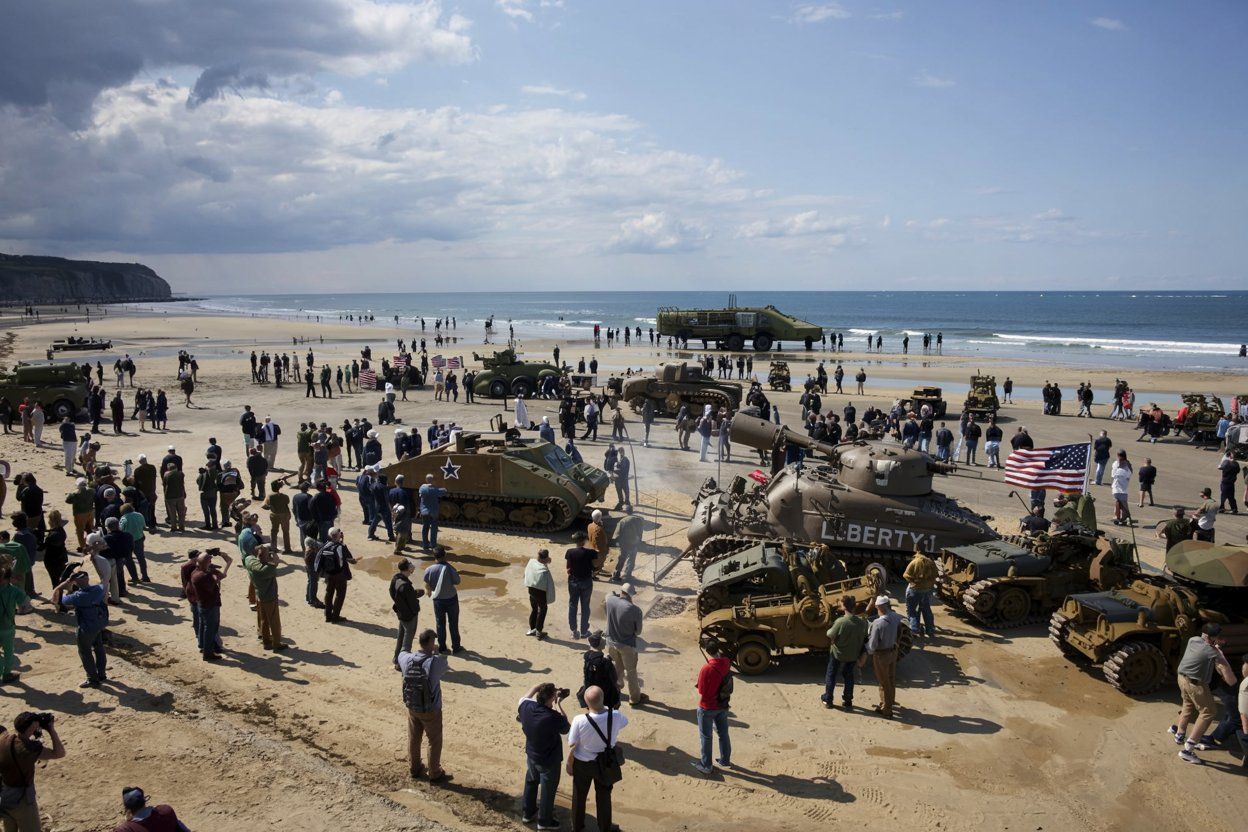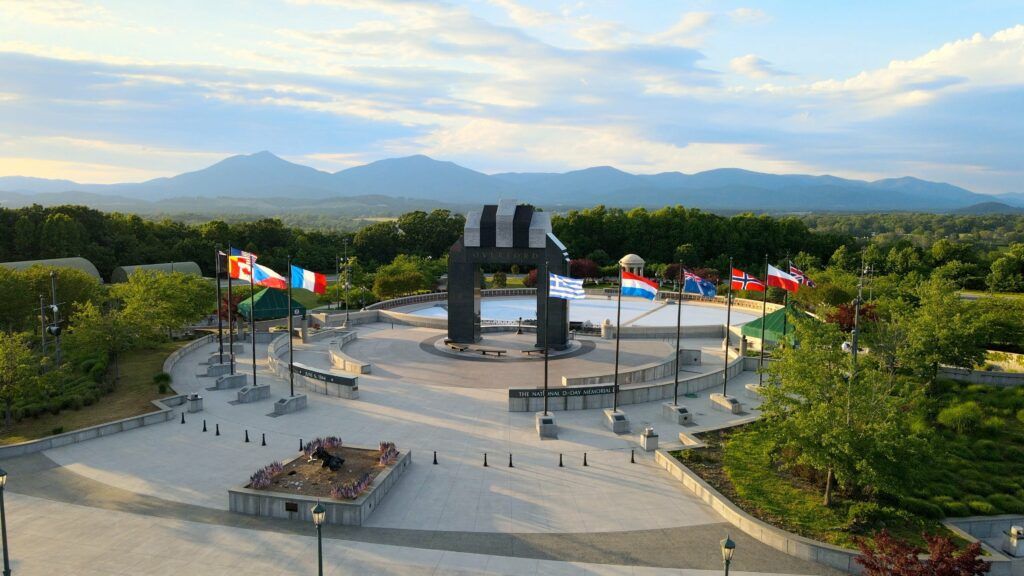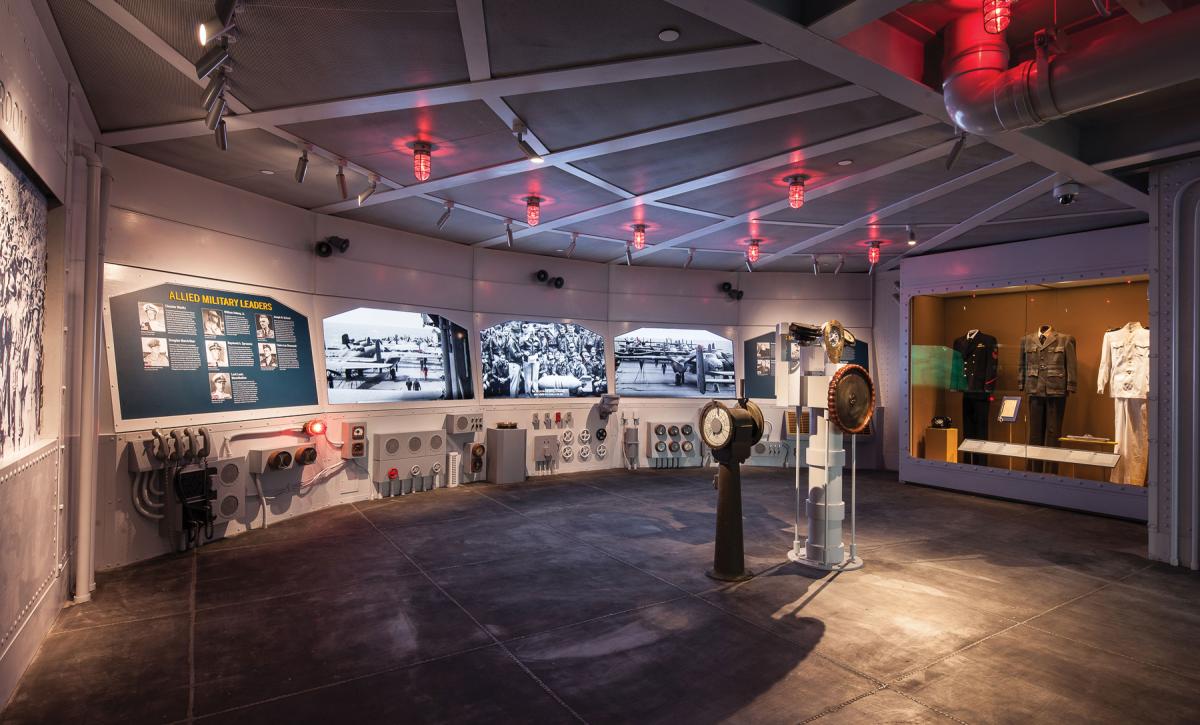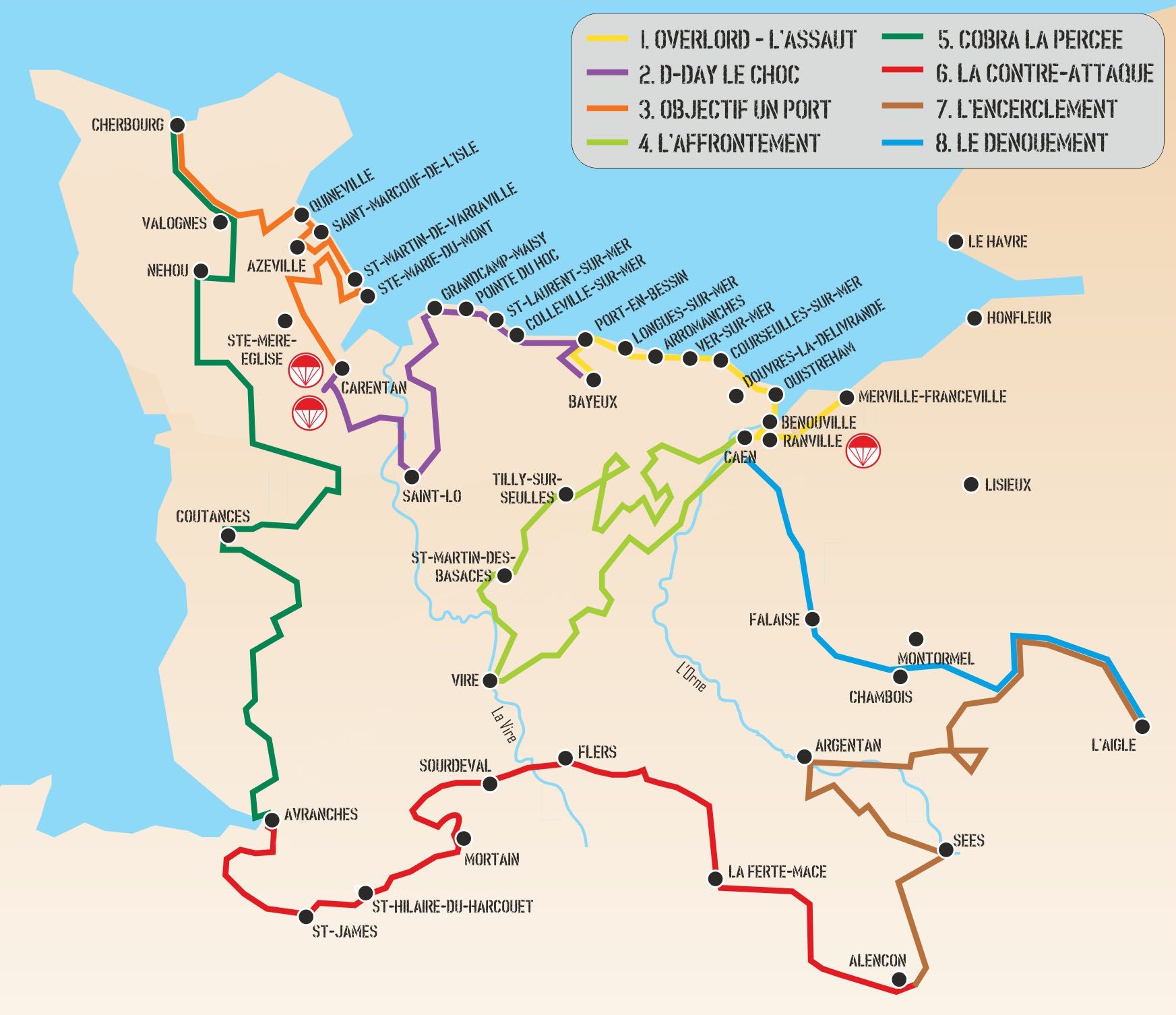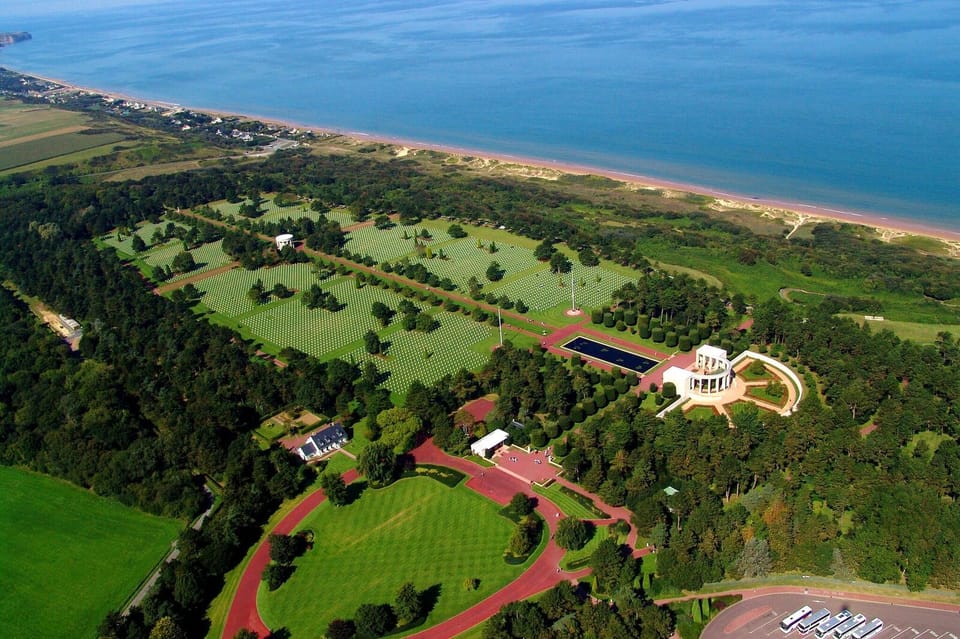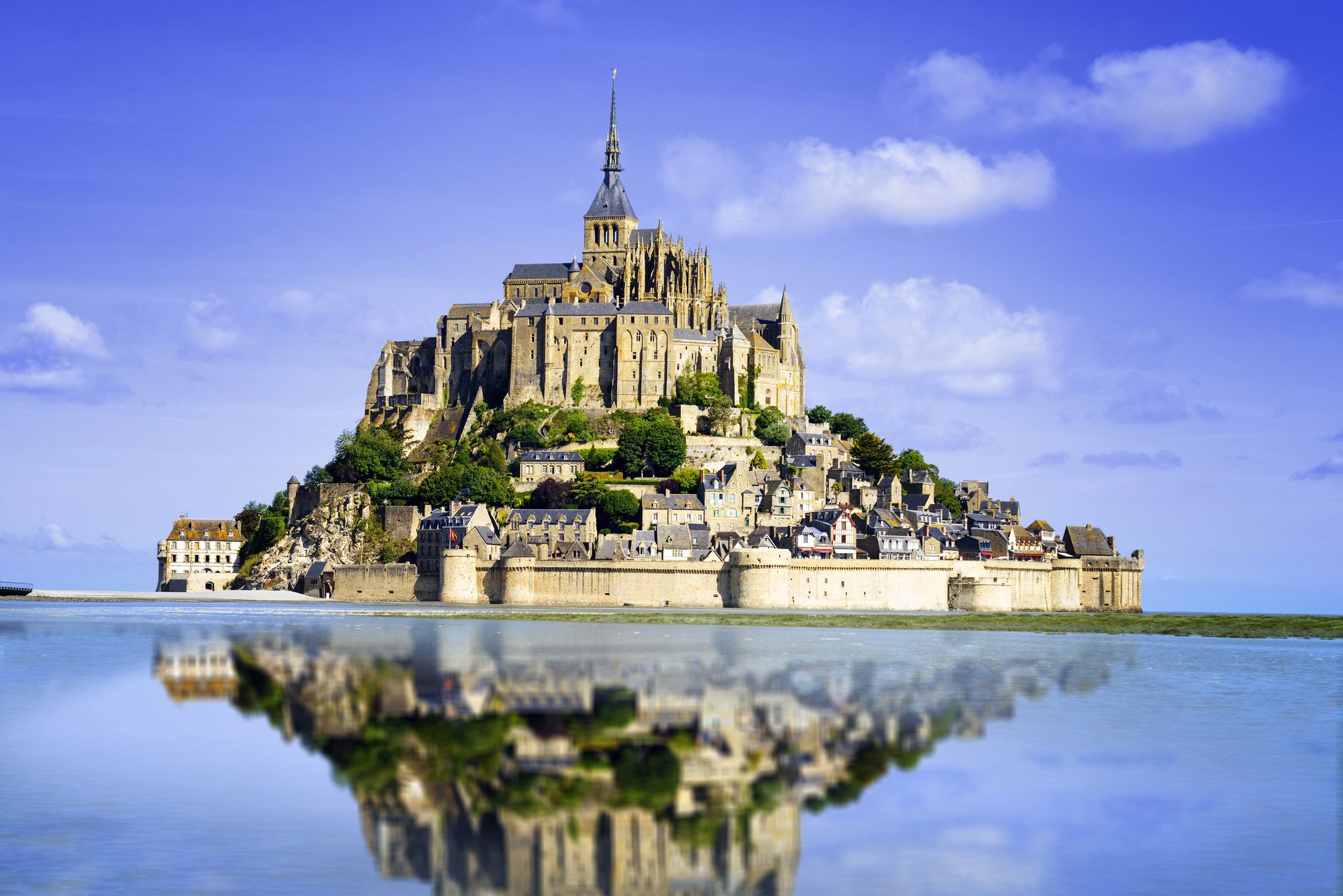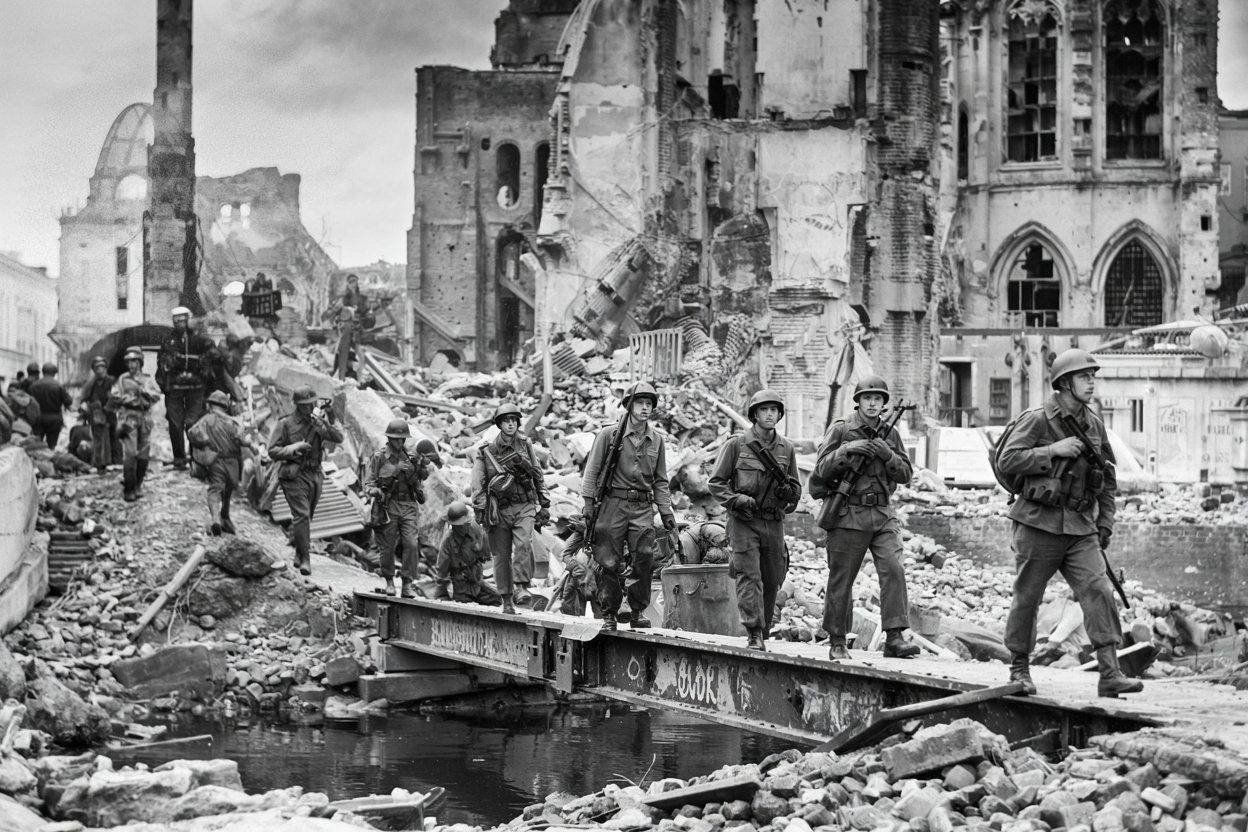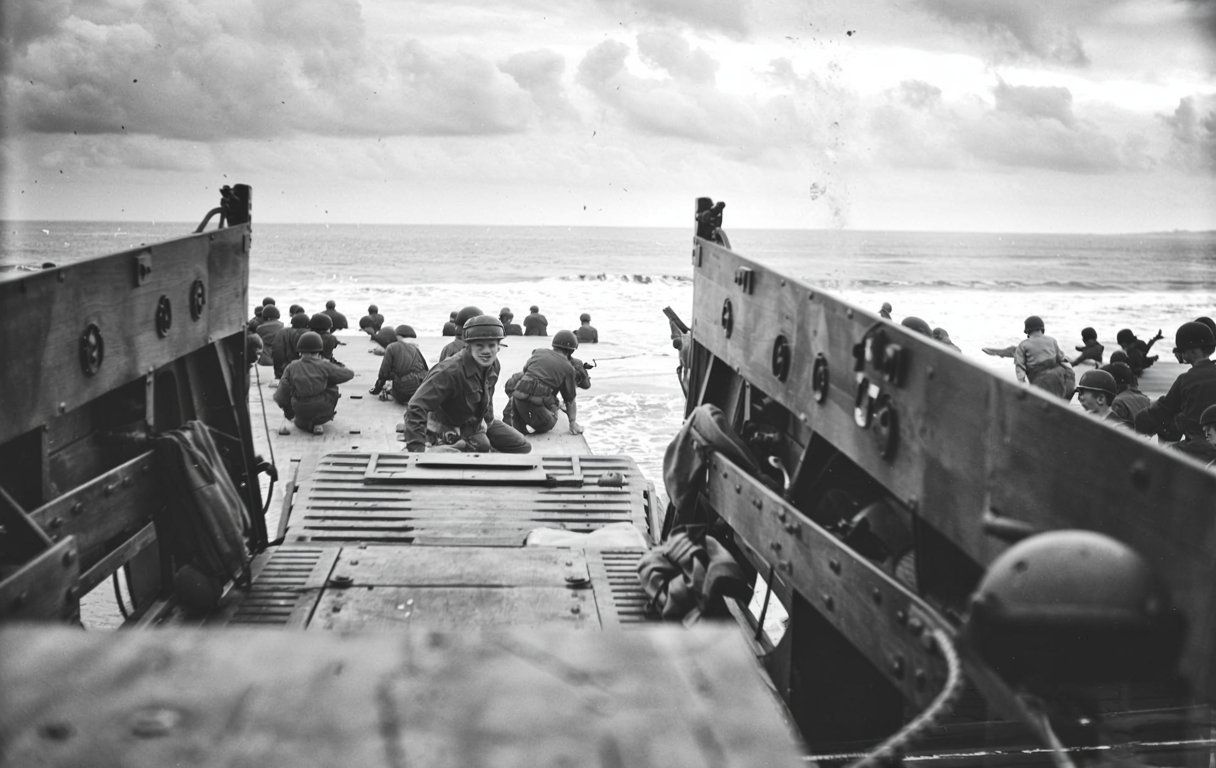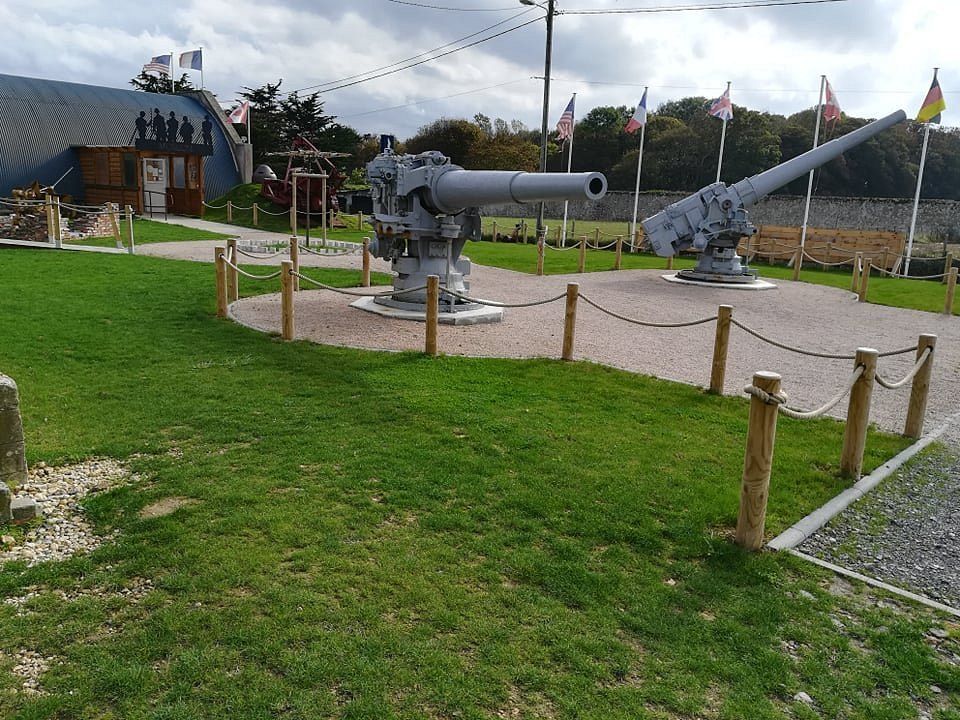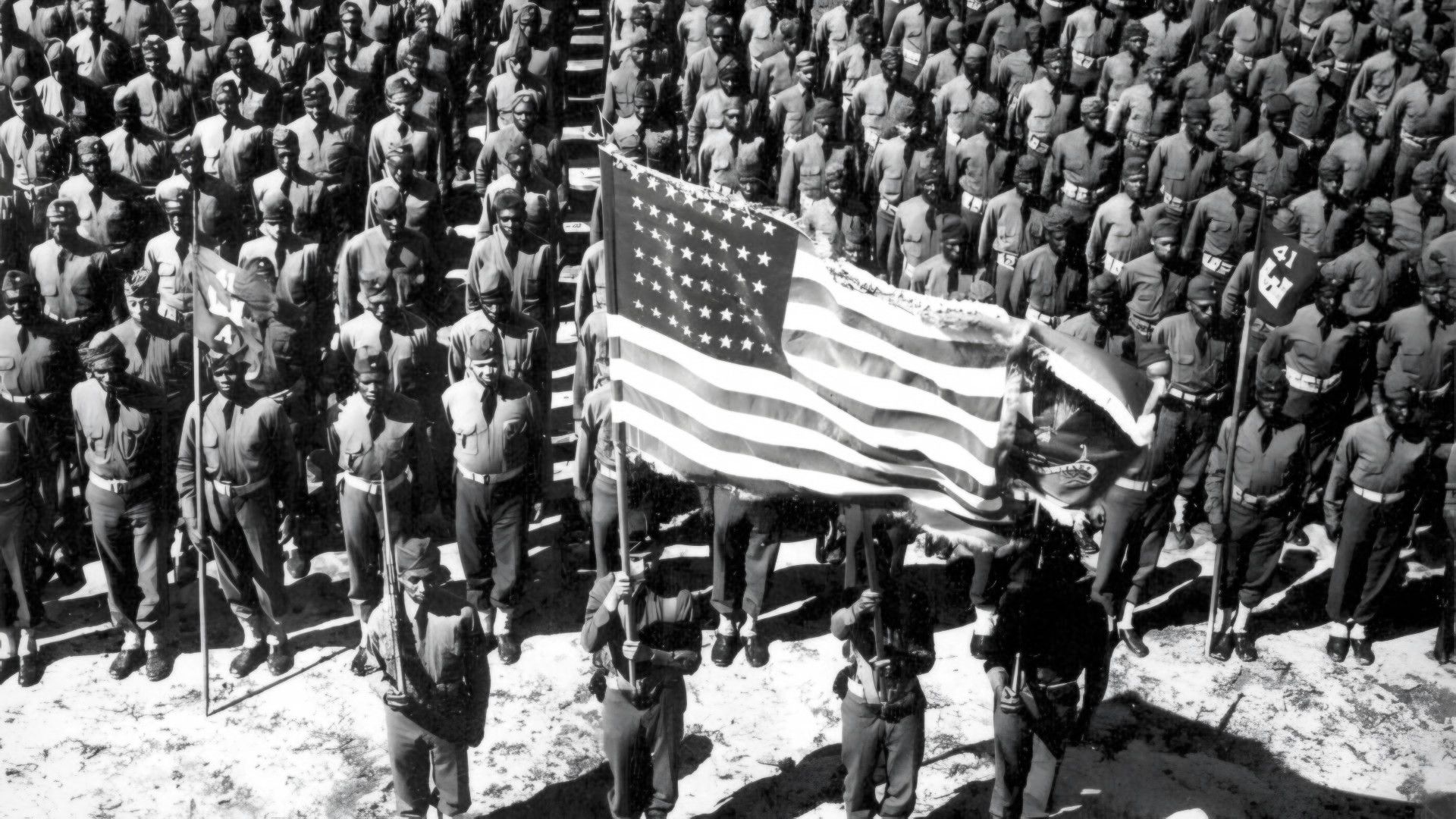The invasion of Normandy on June 6, 1944, stands as one of the most pivotal moments in military history. Today, technology gives us fresh ways to experience and understand D-Day that go way beyond the old history books. From VR experiences to interactive maps, these digital tools are genuinely changing how we connect with this watershed World War II event.
Modern tech is shaking up D-Day education. The National D-Day Memorial’s digital exhibits and PBS’s meticulously crafted, data-driven documentary both let us see the five-hour invasion from new angles. These tools open up the operation’s complexities for students, history buffs, and researchers alike.
The Museum of WWII in Gdansk has developed engaging digital content, while the National D-Day Memorial has won awards for using tech to deepen understanding for both on-site and online visitors. Meanwhile, the Smithsonian has explored the technology behind D-Day’s moonlit airborne ops, showing how pathfinders guided paratroopers to their targets.
The Evolution of D-Day Learning Through Technology
Tech has totally changed how we study, teach, and even feel the D-Day invasion. Now, we can access historical materials and interact with the past like never before.
Digital Access to Archival Materials
Digitizing D-Day documents, photos, and footage has flipped the script on historical research. Archives that once required a trip across the ocean are now just a click away.
The National D-Day Memorial posts digitized battle maps, letters, and military communications online, so anyone can pore over primary documents from anywhere.
3D sonar scanning has revealed hidden chapters of the invasion. Researchers have mapped the Normandy seabed and found hundreds of artifacts we never knew about.
Digital preservation keeps these fragile materials safe for future generations, opening up access far beyond the ivory tower.
Integration of Primary Sources in the Classroom
Teachers now use digital D-Day resources to bring authentic voices into the classroom. Interactive timelines, virtual field trips, and digitized eyewitness accounts make the human experience of D-Day real for students.
Platforms offer lesson plans and activities built around digital sources. Students dig through patrol reports, analyze tactical maps, and listen to veteran interviews—stuff you’d never get from a textbook alone.
Digital Learning Day, started in 2012, has become a showcase for creative teaching with digital history resources. Lots of teachers use it to highlight D-Day projects.
These resources help students think critically, weighing different perspectives and judging the reliability of sources—skills that matter way beyond history class.
Creation and Discovery Using Digital Assets
New tech lets both scholars and students explore D-Day history through hands-on discovery. VR and AR apps recreate the landing beaches, so users can get a sense of the terrain Allied troops faced.
Digital mapping overlays historical data on modern maps, letting us visualize troop movements and strategic calls. You can even explore the tech innovations that made the invasion possible—like the gadgets used by pathfinder planes.
Citizen historians pitch in by transcribing documents, tagging faces in photos, and joining crowdsourced projects. These efforts have uncovered unknown participants and filled in gaps in the invasion story.
Interactive simulations let you play out “what if” scenarios, turning passive learning into real historical investigation.
Smithsonian Resources for Digital History Engagement
The Smithsonian offers digital platforms that completely change how we explore D-Day and WWII history. These resources combine primary sources, interactive tools, and expert curation to create learning experiences that stick.
Smithsonian Learning Lab: Tools for Educators
The Smithsonian Learning Lab is a one-stop digital shop for educators. It’s loaded with millions of resources from across the Smithsonian’s museums and research centers. Teachers can find, customize, and share digital collections on D-Day and WWII—all free.
Teachers build activities using photos, documents, and artifacts from the Normandy invasion. Built-in annotation tools help students dig into primary sources and think critically.
Learning Lab collections usually come with teacher guides, discussion questions, and classroom activities. These resources help kids grasp the complicated military strategies, human stories, and tech breakthroughs of the D-Day campaign.
Smithsonian Center for Learning and Digital Access (SCLDA) Initiatives
The SCLDA is always looking for new ways to deliver Smithsonian knowledge through digital tech. Their team works with educators nationwide to build skills and collaboration around digital resources.
The center’s D-Day projects include virtual field trips to Normandy’s memorials and beaches. These immersive trips offer 360-degree views and expert commentary on what made the invasion so significant.
SCLDA also runs workshops for teachers on weaving digital history into lessons. These sessions focus on using a mix of narrative, primary sources, and tech to teach tough historical events.
Their distance learning programs connect classrooms to Smithsonian experts for live chats about WWII artifacts and their historical context. It’s a game-changer for students who can’t travel.
Digital D-Day Projects: Interactive Experiences
Technology now lets us dive into D-Day history through immersive digital projects. These tools make room for personal exploration and collaborative storytelling.
Mashup Approaches to Personalized Learning
The National D-Day Memorial offers an interactive virtual tour where you can explore key locations at your own pace. That sort of flexibility is what makes digital learning about history so appealing.
The ArcGIS Earth project is another cool example, letting users see D-Day in 3D. You can recreate the landings with 3D objects and interactive analysis tools to study the battlefield from different angles.
These mashups combine data and presentation styles to create richer learning. Users can:
- Set their own pace
- Focus on what interests them most
- See history from multiple viewpoints
Student-Driven Discovery and Creation
Students are thriving as creators, not just consumers, of D-Day history thanks to technology. The electronic field trip for D-Day’s 75th anniversary is a great example, taking students on a virtual journey across the Atlantic.
The National D-Day Memorial also runs virtual programs built for student learning, encouraging discovery through digital exploration of WWII history.
Augmented reality is making waves too. The American Legion shared how D-Day veterans have relived their experiences through AR exhibits, which brings a whole new level of connection between past and present.
Letting students drive the learning process leads to much deeper understanding—they’re not just memorizing dates, they’re piecing together the story themselves.
Evaluating Digital Learning Outcomes
Measuring the impact of digital history tools takes thoughtful assessment and a good look at how students actually engage with the material. The goal is to capture both technical skills and real historical understanding.
Assessment and Evaluation Methods
Digital history learning calls for different assessment strategies than old-school methods. Student outcomes frameworks help teachers measure both digital chops and historical smarts—tracking how students analyze sources, build digital exhibits, and interpret data.
Some effective assessment tools:
- Project rubrics that judge both accuracy and digital presentation
- Peer reviews where students give each other feedback
- Portfolio assessments to watch progress over time
- Digital skills benchmarks to check tech proficiency
By combining hard data (like quiz scores) and softer feedback (like reflections), teachers get a fuller picture of student learning. Digital tools even let teachers track how students interact with the material, which is pretty handy.
Reflecting on Student and Youth Learning
Digital Learning Day and similar efforts show how tech transforms students’ historical understanding. Students get better at questioning sources and spotting different perspectives.
Metrics show interactive timelines and mapping activities hook students more than just reading. When students build their own digital history sites, they show off both historical thinking and tech skills at the same time.
Reflection tools like journals and forums help students process what they’ve learned. Teachers often find that digital projects spark insights and connections that old assignments just don’t.
Platforms like Discovery Education offer analytics so teachers can see which history topics get the most engagement and growth.
Highlighting Smithsonian Collections Related to D-Day
The Smithsonian holds amazing collections that capture the D-Day invasion through art and historical documents. These collections give us unique windows into this pivotal WWII event, from fine art to gritty photography.
Smithsonian American Art Museum Contributions
The Smithsonian American Art Museum keeps standout works showing D-Day operations and their impact. Tom Lea’s paintings of soldiers in combat and Rockwell Kent’s somber pieces on war’s cost stand out.
These artworks show both the heroism and the heartbreak of the Normandy landings. Many were made by official war artists who saw the invasion firsthand.
The museum also features tech-focused exhibits on D-Day innovations like radar and communications gear that were critical to success.
Digital scanning has pulled out new details in these works, helping historians identify specific units and equipment.
National Portrait Gallery Perspectives
The National Portrait Gallery holds a deep collection of photos showing military leaders and regular soldiers from D-Day. These images put faces to the names that shaped history.
Portraits of Eisenhower addressing troops and candid shots of Allied forces prepping for the landing are especially striking. These have been digitized and shared for anyone to access.
The gallery also keeps archival gems—letters, orders, and maps from Operation Overlord’s planning. These documents reveal the tricky strategic decisions behind the invasion.
Recent LIDAR scans have helped researchers build detailed models of the Normandy beaches as they looked in 1944, adding new layers to our understanding.

